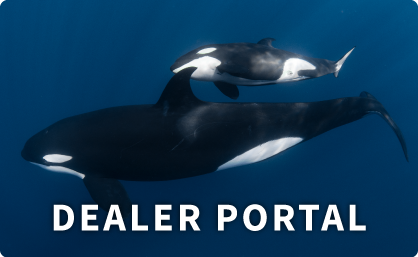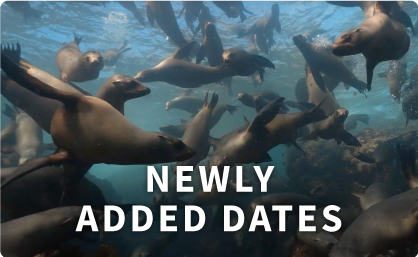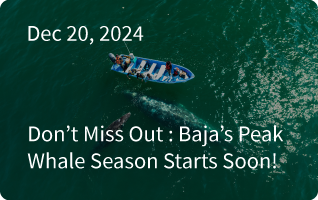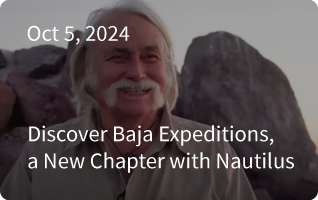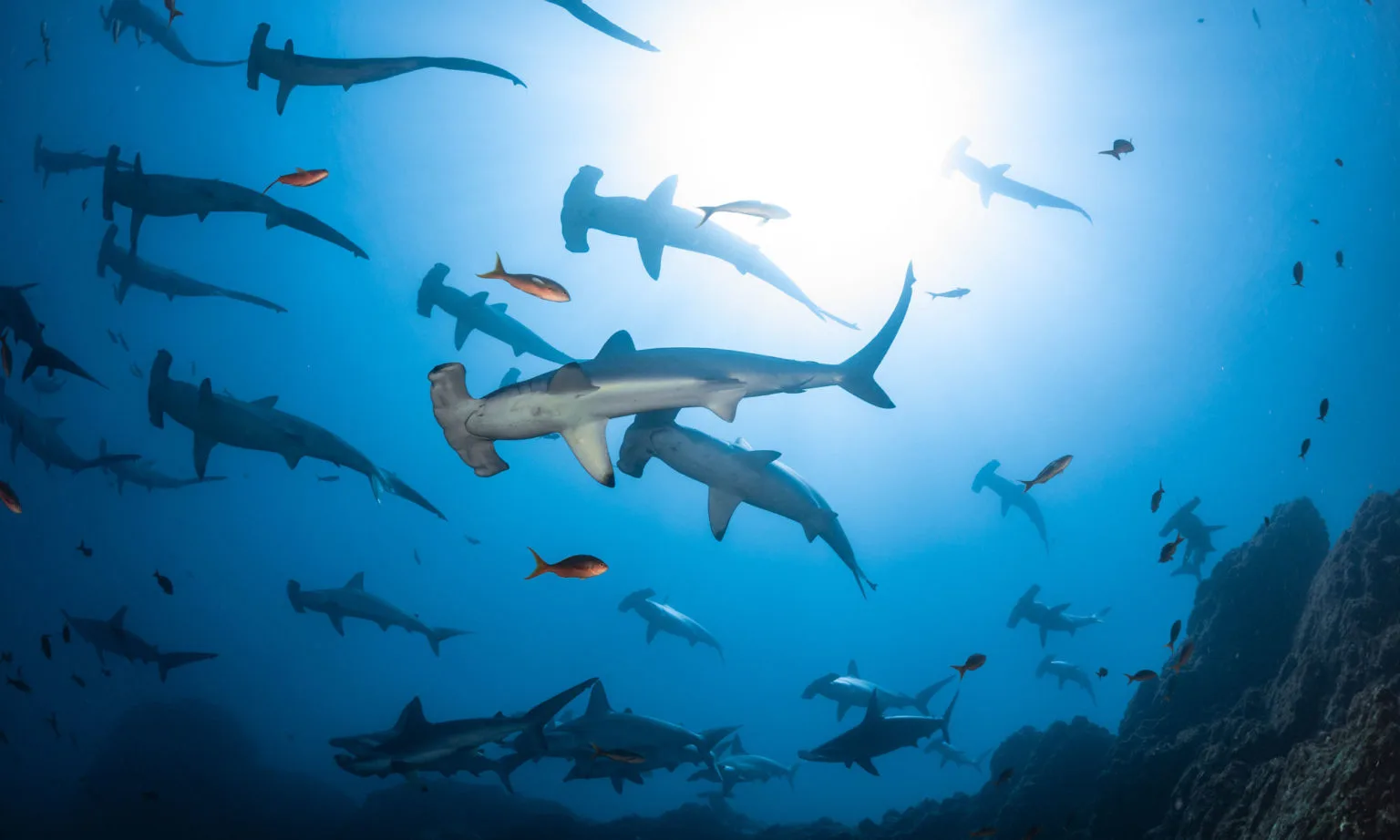
Check out our Oceans & Rainforest Costa Rica Adventure! →
Cocos – Island of the Sharks
August – Mid-September
From US$5,195 pp. dbl occ.

Cocos Island Costa Rica – Island of the Sharks
Cocos—just the name elicits a knowing smile from experienced divers. Known as the ‘Island of the Sharks,’ it’s not just about the famous schooling hammerheads where the sharks come to you, but a tiny tropical rainforest oasis in the eastern Pacific. Here, you’ll encounter loads of white-tip reef sharks, marble rays, tiger sharks, and the ever-fascinating lobster and octopus. If you are going to hear “pura vida” a lot when you join us in Costa Rica. It represents Costa Ricans’ relaxed attitude towards life, no matter the circumstance. It’s used to say hello, goodbye, to express that everything is okay, and to brush off any negativity. It’s a way of life, an attitude, and a reminder to us of how extremely fortunate we are to have gained permission to run liveaboard adventures in this truly natural paradise.
Cocos is pure magic for experienced divers, and going ashore adds an adventure of its own. Here’s an insider tip: don’t miss the suspension bridge constructed from repurposed fishing gear seized from illegal fishers. Costa Rica is home to some of the world’s greatest biodiversity, with dense jungles, rainforests, national parks, volcanoes, rushing rivers, spectacular waterfalls, sandy beaches, and of course, beautiful diving, hiking, kayaking and swimming. Your booking is for Cocos – Island of the Sharks, an offshore oasis in the Pacific Ocean just a day’s sail from the mainland. This trip is mainly centred on diving, although there will be opportunities to go ashore. Like Socorro, Cocos is a bucket-list trip and most experienced divers consider it to be among the best diving in the world. The island concentrates life from hundreds of miles around and is especially famous for hammerhead sharks in the hundreds. We should see lots of other sharks including whitetip reef and tigers, dolphins, tuna, and other pelagics species. You are visiting during the summer season which gives us the best odds that we will see whale sharks, humpback whales, and giant mantas.

Peak Season Diving
Rainy season is the peak season for diving in Costa Rica. Best vis. Best animals. Best diving! We encourage you to visit betWhile summer is known as the “rainy season,” don’t be fooled. It doesn’t rain every day, and when it does, it’s usually in the middle of the afternoon when the storm clouds roll in. In terms of animals and diving, this is the best time of year to visit.
Don’t be fooled by the term “rainy season,” as it doesn’t hinder your adventure. Typically, the days are filled with sunshine until the afternoon, when clouds roll in and rain showers pour fOur Cocos adventures no longer depart from the tidal-restricted, gritty fishing town of Puntarenas. Instead, our trips now meet and board at a beautiful, modern marina in Golfito, at the edge of the tropical rainforest, near Piedras Blancas Park, Osa Peninsula, Corcovado Park, and the very best shoreside adventures in Costa Rica. It’s the perfect place for a pre- or post-trip expedition, or better yet, join our Oceans and Rainforest adventure. It’s easy to get to Golfito from the international airport at San Jose, either by connecting flight or by road.
Typical Itinerary
¡Bienvenidos a Costa Rican!
Costa Rica is an amazing and beautiful place. We heartily recommend flying in early to better experience this wonderful country. SJO (San Jose International) is our recommended gateway airport. If you prefer to stay over in San Jose, our concierges can assist with a very good deal at the Marriott Hotel Hacienda Belen, and we will provide a complimentary afternoon shuttle van to Golfito on boarding day. However! We recommend heading immediately south towards Golfito upon arrival in SJC. Sensa airlines has multiple connecting flights daily, and once you are in Golfito, the hotels are terrific and there are loads of really interesting day trips.
Alternatively, we can assist with arranging a 3, 4, 5-day, or longer guided driving adventure through the national parks, ending up in Golfito. You could also rent a car and go off on your own adventure. Or, we can help with a private car transfer from SJO to Golfito, typically costing around $400 USD for a car and driver, including interesting stops along the way. Driving time from San Jose to Golfito is usually around 5 hours. Please note that there are luggage restrictions on Sansa Airlines’ Cessna Caravan aircraft if you choose to fly south with them.
Day 1: The Nautilus Explorer will be berthed in Marina Bahia Golfito. It’s beautiful. We imagine you will be excited to board, but please give our hardworking crew time to get the ship turned around, cleaned, fuelled, provisioned, and ready for you. We ask that you take advantage of the local facilities and not drop by the boat until 6:30 pm. We don’t mean to be rude, but it would be much appreciated if you could avoid coming by early to say “hi.” Boarding will begin after 6:30 pm, and we will sail by 8 pm for the approximately 30-hour run to Cocos Island.
Day 2: Your ship is a heavy steel stabilized oceangoing ship, ensuring you the best ride possible. We encourage you to relax, and it’s usually a good idea to take some anti-seasickness medicine just in case. It’s far better to feel 100% and enjoy the crossing than to risk feeling under the weather without medication… There will be ample time for briefings, setting up dive and camera gear, and, of course, cocktail hour at 7 pm with all our other guests!
Days 3 – 9 (11 days / 10 night trips get an extra day at Cocos!):\Anchored in the lee of Cocos Island!! Enjoy some of the best diving in the world on the pinnacles surrounding cocos. The choice of dive sites is at the discretion of the park rangers and influenced by Mother Ocean, with a lot of input from your captain and dive guides. Typically, there will be an opportunity for 2 dives in the morning and 1 in the afternoon, with water temps ranging from 78 – 82°F (27 – 28°C). Plus, there’s the opportunity to go ashore several times, whale watch with the humpbacks, relax, and have a great time!!
Day 10: Voyage back to Golfito. Packing gear up, visiting with your new friends, and making plans for your next adventure with Nautilus.
Day 11: Arrival back at the Golfito marina by 5 am for those catching the early morning Sansa flight. Early breakfast and 7 am departure for guests heading back to San Jose in our courtesy shuttle (to arrive SJO by 1 pm latest). Or a more leisurely 8:30 am disembarkation for this who are staying on in Golfito or heading off for another adventure in one of the nearby national parks.
Marina Bahia Golfito Hotel) or heading off for an adventure in one of the
nearby national parks.
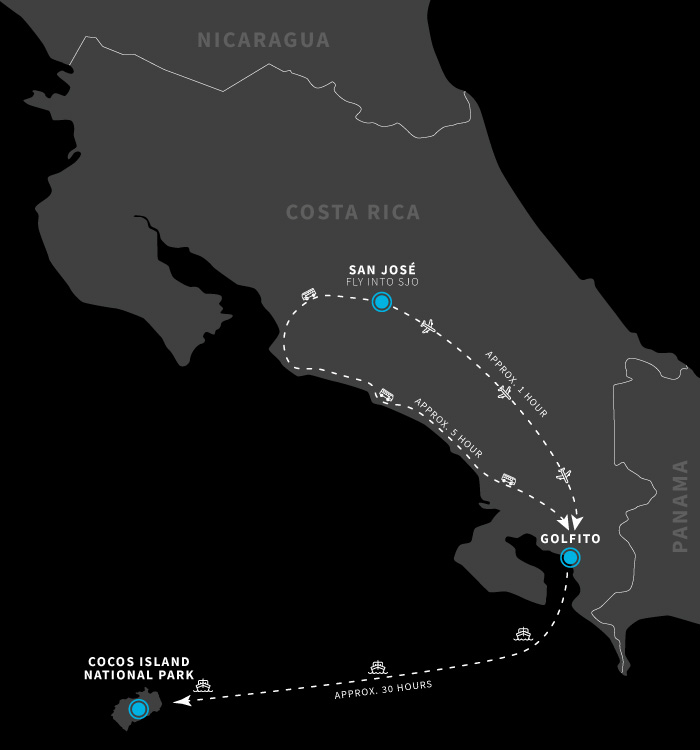
Cocos Island of the Sharks – FAQs
Diving
Diving
What dive experience is needed?
50 logged dives and advanced open water is the bare minimum experience required to safely dive around Cocos Island. More experience is better and all divers should have good buoyancy skills. The diving can be challenging. There could be strong current on some dives. Some of the dive sites are in open water and exposed to the swell. The difference between Cocos and a destination such as Socorro is that there is no navy base or airstrip on the island which means that airplane medevac is not possible. If you have a medical issue, the boat will have to return to port or at least be met part way by fast boat. For all these reasons, these trips are best suited for good experienced divers. Don’t worry if you don’t feel that you are quite ready yet for Cocos!! Come and visit us in Baja, Sea of Cortez and Socorro and we will get you all tuned and tweaked up for this great adventure!!!
Do I need to dive with a dive guide?
Yes. At Cocos, current and visibility can change dramatically within several hours. If you were to surface unexpectedly mid-dive, there is the possibility of drifting away and needing to use your Nautilus LifeLine to get rescued. In addition to those challenges, local tiger sharks can show erratic behaviour around your safety stop at 15 feet and it’s very important for our dive guides to keep a watchful eye on them. For all of these reasons, Cocos is a dive destination in which guests have to stay with our dive guides. Our dive guides are highly experienced and excellent and they will do their best to give you all the freedom and headspace you might be looking for in your diving, and of course, we are very focussed on giving shooters what they need (sorry, bad pun). Ultimately, your captain and dive guides are the final authority on whether a guest can do a specific dive or not.
What are your safety protocols?
Safety, excellence in guest experience and happy staff and crew are the cornerstones of our business. Nothing is more important than your safety. At Nautilus, we are proud to be the only dive operation in the world with ISM certification and external annual audit of an SMS (Safety Management System). This is the same certification as the largest cruise ships on the oceans. We operate within written processes, procedures and checklists that our captains and crew are trained into both initially and annually. Every dive starts with a briefing on a white board. We require that all divers carry LifeLines marine rescue GPS, SMBs and dive alerts. We will loan you one of ours if you are missing any of this safety equipment. We carry AEDs and extensive medical kits with a contract medical officer available shoreside via our sophisticated satellite communication system. NOTE: because of the remoteness of Cocos Island, we highly recommend a medical checkup before leaving on this trip.
How many dives can I expect?
Your dive schedule may vary according to weather, other dive boats and where the action is. You can generally expect 2 dives in the morning and 1 in the afternoon. Entry into the park is restricted and tightly controlled for diving allowing for not more than 65 divers in the park at any one time. An 11 day, 10 night trip provides for 7 dive days.
Is there nitrox onboard?
Yes. It’s mandatory for all divers and included for this trip.
Water temperature?
78- 82 °F (27 – 28 °C).
Are the boats camera friendly?
YES, VERY! Ask about rental cameras and photo pro services.
Travel
Travel
What airport do I fly into?
You have several options, including Liberia and Panama City. We recommend flying into San Jose (SJO) as it is the closest and most convenient. Please don’t make the mistake of flying into San Jose, California which is SJC. SJO, not SJC! (Yes, someone has made this mistake previously.)
How do I get from SJO to Golfito?
Choose between connecting flights with Sansa Airlines (with some luggage restrictions), a private car with a driver, a multi-day tour of Costa Rica, or our courtesy shuttle on the afternoon of boarding (meeting at the Marriott Hotel Hacienda Belen) directly to Golfito. Our concierges are on standby to assist with your arrangements
What time can I board the ship?
After 6:30 pm on departure day. We are excited to see you and imagine you will be excited to say hello and get your luggage onboard. However, please allow our super hardworking crew time and space to prepare the ship and resist the temptation to come by before 6:30 pm. The ship sails at 8 pm.
What time do we disembark?
Arrival back at the Golfito marina by 5 am for those catching the early morning Sansa flight. Early breakfast and 7 am departure for guests heading back to San Jose in our courtesy shuttle (to arrive SJO by 1 pm latest). Or a more leisurely 8:30 am disembarkation for this who are staying on in Golfito or heading off for another adventure in one of the nearby national parks.
What dive gear do I need to bring?
We provide aluminum 80 cu. ft tanks and weightbelts. Larger steel rental cylinders are available. 5 mm wetsuit recommended to avoid losing body core temp during multiple days of repetitive diving. It’s always better to layer down rather than be cold with no options. We have rentals onboard by prior arrangement for almost anything you need. Please make any rental requests as early as possible.
What to Expect
What to Expect
What’s the weather like and what clothes should I bring?
Well, it’s the rainy season in the tropics!! We recommend casual and cool attire onboard (t-shirt and shorts). It can be drizzly in the afternoons and we recommend bringing a windbreaker and a fleece vest or sweater just in case. Make sure you bring good shoes if you are interested in going ashore for a hike. It’s spectacular onshore. Just wait until you see the waterfalls!
Is there internet and WhatsApp onboard?
Yes. Internet and WhatsApp connection are available for $120 per trip. Please keep in mind that a satellite tracking system at sea only gives limited speed internet access. You won’t be able to stream Netflix!!
What’s the crossing like?
It’s an open ocean crossing to Cocos Island Costa Rica. It can be smooth or it might be rough or more likely, something in-between. The Explorer is our flagship that has steamed through everything, from the current-swept chilly waters of Alaska to adventuring down to Clipperton Atoll, just north of the equator. We highly recommend the scopolamine “patch” and a glass of red wine to relax and have a snooze on the crossing. During the trip, we anchor in the calm anchorage behind Cocos.
Is there a fuel surcharge?
Of course not! We figure that dive boat companies that with fuel, surcharges year-in, year-out are just taking an extra fee onto the trip.
What’s an appropriate crew tip?
US$ 400 – $500.


